- Massive Range
- FREE UK Delivery
- Rapid Dispatch
- Massive Range
- FREE UK Delivery
- Rapid Dispatch
- Massive Range
- FREE UK Delivery
- Rapid Dispatch
Home » Mastering Aluminium Soldering: Techniques and Tips for Success
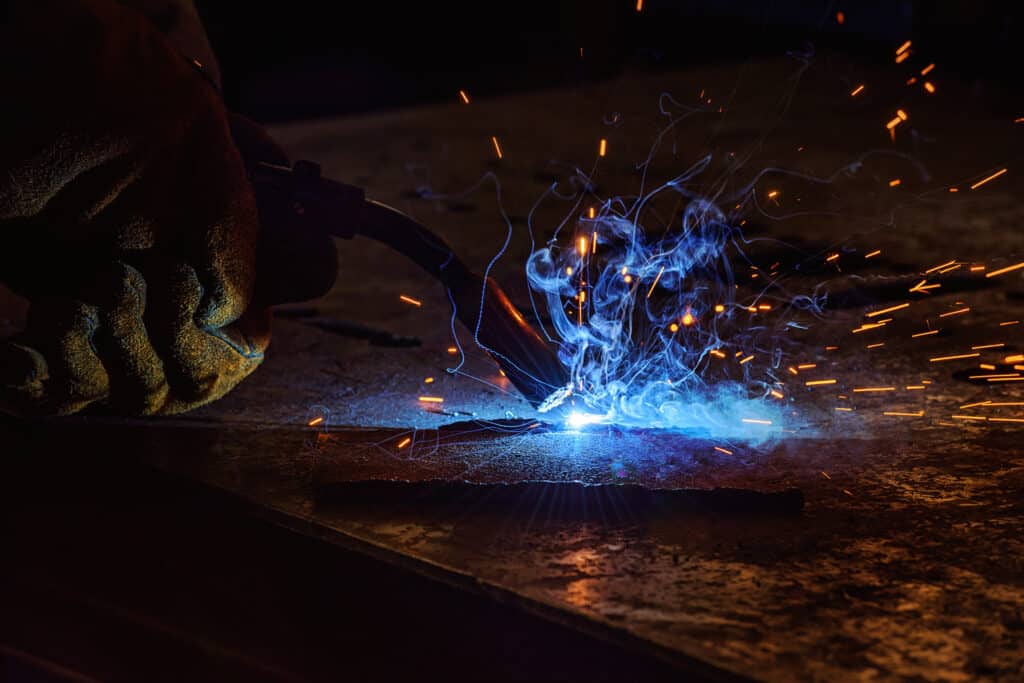
Soldering aluminium presents unique challenges and opportunities in the field of metalworking.
Unlike other metals, aluminium has specific properties that require a nuanced approach to soldering. This process is not just about joining metal pieces; it’s an art that demands precision, understanding, and skill, particularly when working with a metal as versatile and widely used as aluminium. In industries ranging from automotive to electronics, aluminium soldering is a sought-after skill, essential for creating lightweight, durable, and high-quality products.
The peculiarities of soldering aluminium – such as its rapid oxide formation and high thermal conductivity – set it apart from soldering other metals like copper or steel. These characteristics significantly impact how solder adheres to aluminium surfaces and how heat is conducted during the soldering process. Mastering aluminium soldering involves not just the right tools and materials, but also a deep understanding of these properties. This guide will explore the intricacies of aluminium soldering, offering essential techniques and tips to achieve strong, effective, and durable joints in various aluminium soldering projects.
Let’s go..
The properties of aluminium significantly influence its soldering process. When aluminium is exposed to air, a thin oxide layer forms almost instantly. As well as being highly corrosion resistant, this oxide layer also inhibits solder adhesion. In addition, aluminium’s high thermal conductivity makes it heat up and cool down quickly, affecting heat management during soldering.
Impacts on the Soldering Process:
Preparation Tips:
For successful aluminium soldering, it is crucial to choose the right solder and flux for the application. A tin-lead solder is generally ineffective on aluminium, so specialised solders and fluxes must be used rather than the traditional tin-lead solder.
Types of Solder and Flux:
Guidance on Choice and Application:
In the next sections, we will delve into the soldering techniques specific to aluminium, and how to achieve the best results in your soldering projects.
Soldering aluminium requires a tailored approach due to its unique properties. Here’s a step-by-step guide to ensure successful soldering:
Surface Preparation: The first thing you should do is thoroughly clean the aluminium surface with a stainless steel brush and aluminium cleaner. In order to prevent re-oxidation, you should apply flux as soon as possible.
Heating the Aluminium: It is important to preheat the aluminium gently and evenly. Due to aluminium’s high thermal conductivity, this material will be able to heat up and cool down quickly, so it is essential to apply heat consistently. It is recommended that you use a soldering iron or torch that can maintain a stable temperature throughout the process.
Applying the Solder: If the flux becomes active (as indicated by a change in appearance), then you can introduce the aluminium-specific solder into the circuit. Solder should be applied to the joint, not directly to the heat source. Due to the quick dissipation of heat in aluminium, the solder must be moved along the joint in order to ensure an even distribution of heat throughout the joint.
Ensuring Proper Flow: Solder should flow smoothly over the surface of the aluminium after it has been cleaned and fluxed. There may be a need to clean or flux the surface more if it balls up or fails to adhere.
Common Mistakes and Corrections:
After soldering, proper finishing and maintenance are essential to ensure the longevity and strength of the joint.
Cleaning and Finishing:
Checking Strength and Quality:
Post-Soldering Maintenance:
Following these techniques and post-soldering practices will help ensure a successful soldering job on aluminium, leading to durable and reliable joins for a variety of applications.
The role that aluminium soldering plays in intricate and complex projects across a wide range of industries goes far beyond basic repairs and joins. The lightweight and strong nature of this material makes it an ideal candidate for advanced applications, especially in the electronic and precision metalworking fields.
Complex Projects in Electronics:
Intricate Metalwork and Artistic Applications:
Innovative Industrial Applications:
Tips for Advanced Soldering Challenges:
There are a variety of challenges involved in soldering aluminium, but mastering this skill opens up a world of possibilities in the field of modern metalworking. From creating strong, lightweight joins in industrial applications to intricate designs in electronics and art, the ability to solder aluminium effectively is of great value in a variety of applications. In this guide, we have covered the most important techniques, ranging from surface preparation to advanced applications, emphasising the importance of precision and proper preparation throughout the entire process.
I want to remind you that practice and patience are the keys to success as you embark on your aluminium soldering journey. As you refine your soldering skills on aluminium, you will be able to tap into its full potential, embracing both its challenges and its unique advantages. Whether you are a hobbyist or a professional, there are endless possibilities for innovation and creativity in the world of aluminium soldering, regardless of your level of experience.
As always, thank you for checking out our blog. We hope that this helps you with your project.
Please also check out the other articles in our helpful guide series. We have written about aluminium sheeting and checker plate recently to name but two of our articles.
We are also proud to sell this product on our highly popular eBay store, check us out there too.
If you have any further questions, feel free to contact us.
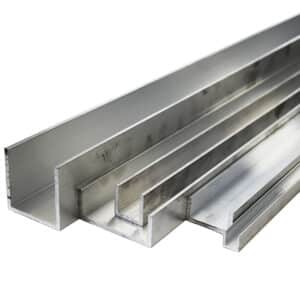
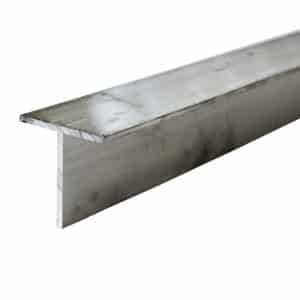
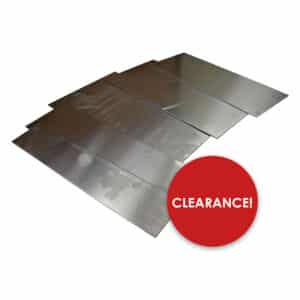
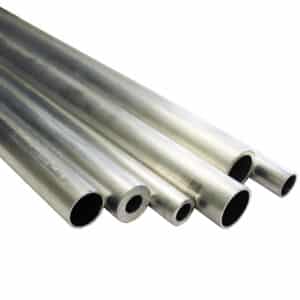
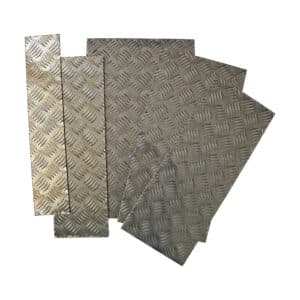
Speciality Metals
Unit 1, Farrell Street, Warrington,
Cheshire, WA1 2WW, United Kingdom
Quick Links
Payment Options
